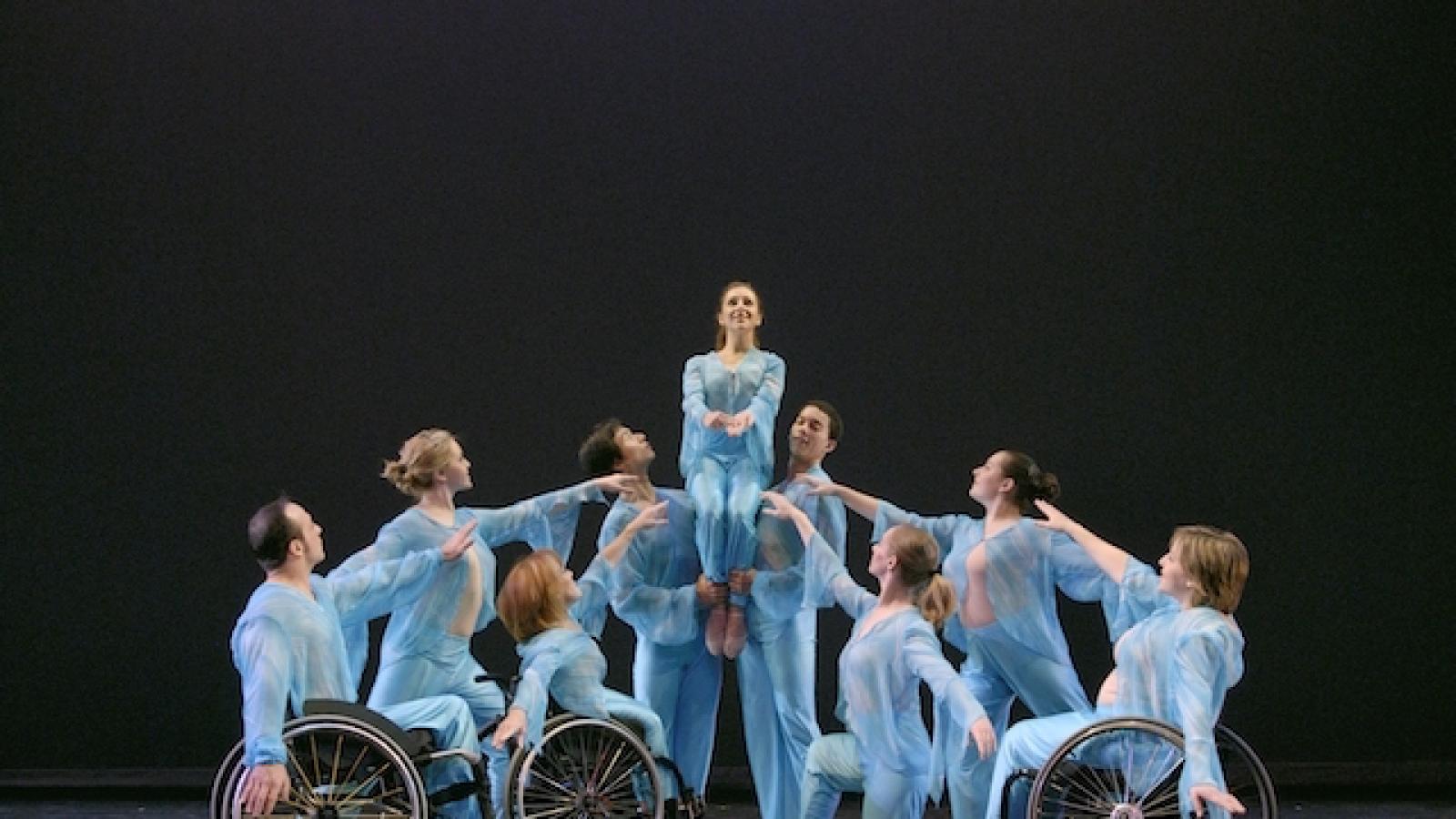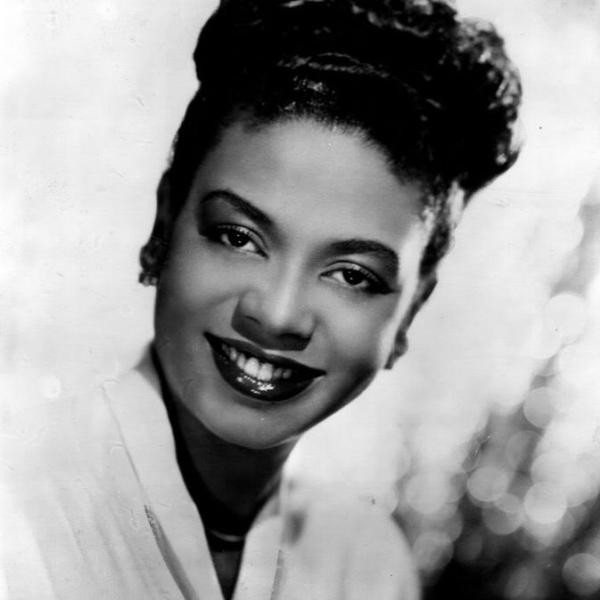Celebrating 40 Years of Promoting Accessibility in the Arts

“Disabled people have only in recent years gained access to the arts, and even today that access is extremely limited in many cultural institutions. The arts are vital to a sense of cultural belonging, to social cohesion, to a sense of the possibilities in the world. But access to the arts is only the first step. Exposure allows art to have an impact on us. We can’t stop there—unless disabled people have the opportunity to develop craft, to create work, and to have that work recognized, we won’t have an impact on the arts and all that art does.” — Simi Linton, Co-Director, Disability/Arts/NYC
This month marks a unique anniversary for the National Endowment for the Arts. Forty years ago, in May 1979, the agency implemented its regulations under Section 504 of the Rehabilitation Act. The Act was the first federal civil rights law designed to protect people with disabilities from discrimination:“No otherwise qualified handicapped [sic] individual in the United States shall solely on the basis of his handicap, be excluded from the participation, be denied the benefits of, or be subjected to discrimination under any program or activity receiving federal financial assistance.”
The 504 regulations require federally funded projects to provide physical access for people with disabilities to their buildings, auditorium seating, ticket counters, exhibit spaces, stages and back stages, cafes, and classrooms. They also require grantees to provide access to program activities through effective communication and the provision of auxiliary aids, such as sign language interpretation and open or closed captioning for plays, lectures, and tours, video, and film; assistive listening devices for people who are hard of hearing; tactile experiences and touch tours for people with vision disabilities; large print or Braille print materials; audio/visual description of plays, dance performances, and film; and accessible websites and other electronic materials for people who use screen reading software. These regulations have helped the Arts Endowment play a pivotal role in increasing the inclusion of people with disabilities in the arts, through ensuring physical program accessibility, building inclusive and adaptive arts programs, and supporting organizations that provide employment opportunities for artists with disabilities. Some examples of the remarkable projects that the Arts Endowment has supported over the years include: Theatre Development Fund, a New York City-based grantee since 1984 that regularly receives funding to promote inclusion in the performing arts through sign language interpretation, captioning, and autism-friendly performances; Creative Growth, a visual arts program in Oakland, California, for people with disabilities, which received its first grant from us in 1997 to provide workshops and exhibits featuring artwork by people with disabilities; Professional Flair/Dancing Wheels Company, a Cleveland, Ohio-based professional dance company featuring dancers with and without disabilities, which received its first grant in 1977 to support the expansion of their dance demonstration project; and Deaf West Theatre, a theater company in Los Angeles featuring both deaf and hearing actors, which has received multiple Arts Endowment grants since its first one in 1993 to support the identification and training of American Sign Language interpreters for theater. Once the Rehabilitation Act was passed, it still took years of activism on the part of disability advocates to spur widespread enforcement of the act's provisions. The Arts Endowment, however, took action right away. The agency's early commitment to inclusion ensured that it was the third federal agency, and the first small agency, to implement its regulations under Section 504 of the Rehabilitation Act.In response to the law’s passage, the National Council on the Arts resolved in 1973:“No Citizen, regardless of physical and mental condition and abilities, age or living environment, should be deprived of the beauty and insights into the human experience that only the arts can impart.”
Following this, the agency commissioned the report “The Arts and the Handicapped,” written by artists and others with and without disabilities, to lay the groundwork for how the regulations should be deployed in arts settings. The agency then formed the Office of Special Constituencies—now known as the Office of Accessibility--in 1976 to oversee its efforts to make the arts more accessible to people with disabilities, older adults, veterans, people in health care settings, and people in correctional facilities. That office's first director, Lani Duke, then formed a Section 504 Task Force, comprised of arts leaders with disabilities, to develop the Arts Endowment’s 504 regulations. Over the next decade, according to Paula Terry, the director of the Office of Special Constituencies/Office of Accessibility from 1978 – 2010, the Arts Endowment “embarked on an educational process for staff and grantees through a broad range of cooperative efforts with the disability community, the regional and state arts agencies, arts service organizations including the National Assembly of State Arts Agencies and Americans for the Arts, and other Federal agencies.” The Arts Endowment worked with these organizations to deliver training for state arts agency and regional arts organization staff, as well as arts organizations throughout each state, on accessibility requirements and implementing accessibility plans. These trainings helped arts organizations across the country to help take affirmative steps toward full inclusion of people with disabilities. We also developed guides, including early versions of the Design for Accessibility: a Cultural Administrator’s Handbook and invested in promoting careers in the arts for people with disabilities. Between 1998 and today we fostered conversations and connections through two nationwide convenings, 27 statewide forums, two online policy dialogues, and a three-year national study on people with disabilities working in the arts. These activities yielded policy changes and programs designed to help reduce barriers to employment in the arts for people with disabilities. The agency also funded initiatives by national membership and service organizations, such as Dance USA, the Alliance of Artists Communities, Opera America, and others to implement accessibility programs and education activities within their fields. In addition, we commissioned the Graphic Artists Guild to develop a set of downloadable accessibility symbols, free or any organization to use to promote its accessibility features. Over the past 30 years, the Arts Endowment has also conducted a leadership initiative in universal design, the design process that promotes excellent design that makes products and spaces functional for people of varying abilities from childhood into their oldest years. We have led projects that brought universal design into design and architecture curricula, promoted best practices, encouraged home builders to increase accessible design in homes, developed publications that educated designers on the principles of universal design, and regularly convened universal design practitioners to develop strategies for the field. While we have a lot to celebrate, we are not—nor will we ever be—finished with this important work. According to Terry, “Accessibility is a work in progress. Educational efforts should be convened on a regular basis, not only to train new staff and constituents, but to review existing accommodations and new technologies, as well as ways to advance accessibility. Reaching beyond basic accessibility to make inclusiveness an integral part of all we do should always be our goal.”



